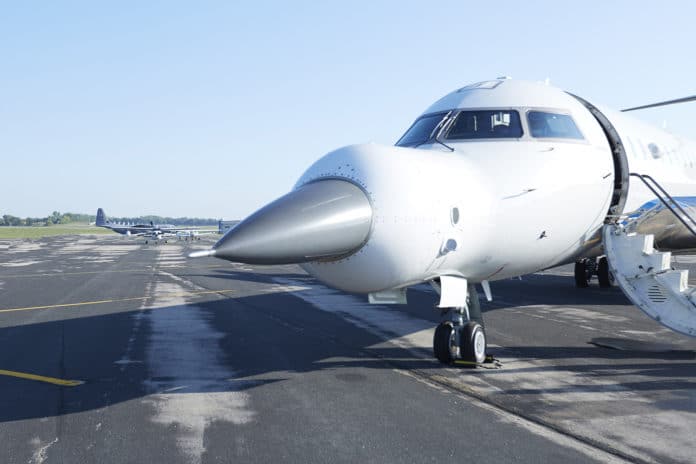In August, a Northrop Grumman testbed aircraft flew with the company’s F-16 Next-Generation Electronic Warfare (NGEW) system and the AN/APG-83 Scalable Agile Beam Radar (SABR) systems at the Northern Lightning joint training exercise. During its first test flight, the NGEW and SABR demonstrated full interoperability in a realistic and contested electromagnetic spectrum environment.
During the exercise, the two systems faced a high-density radio frequency environment – simulating the near-peer electromagnetic spectrum environments – generated by the Volk Field Combat Readiness Training Center, Joint Threat Emitters. The greater bandwidth, speed, and agility of the APG-83 SABR enable the F-16 to detect, track and identify a large number of targets faster and at longer ranges. It also features all-weather, high-resolution synthetic aperture radar mapping to present the pilot with a large surface image for more precise target identification and strike compared to legacy systems.
Flying on the company’s CRJ-700 testbeds, NGEW and SABR demonstrated full pulse-to-pulse, multi-function interoperability in a contested operational environment. With the SABR successfully engaging multiple air and ground targets, while the NGEW detected and identified a number of modern threats, employing advanced jamming techniques capable of defeating those threats when necessary.
The NGEW leverages an open-systems, ultra-wideband architecture, providing the instantaneous bandwidth needed to defeat modern threats. This F-16 system is part of a mature product line of electronic warfare capabilities that can be adapted to virtually any platform. Northrop Grumman assumes that full certification of the NGEW system for installation on F-16 aircraft and test flights will take place in the summer of 2022.
“When an EW system and a radar are able to work together fully, as demonstrated with NGEW and SABR, pilots can take advantage of capability without compromise,” said James Conroy, vice president, navigation, targeting, and survivability, Northrop Grumman. “With the radio frequency (RF) spectrum becoming increasingly contested, this critical set of capabilities will support the F-16 for many years to come.”
The two CRJ-700 testbed aircrafts, which carry the U.S. civil registration codes N804X and N805X, were developed about a decade ago and often take part in major Large Force Employment (LFE) testing events, working as surrogate platforms for systems and weapons that will eventually find their way on tactical aircraft. These types of highly realistic drills are beneficial for eliminating errors, as well as for refining concepts of operations and employment, which is as important as the new equipment itself.
